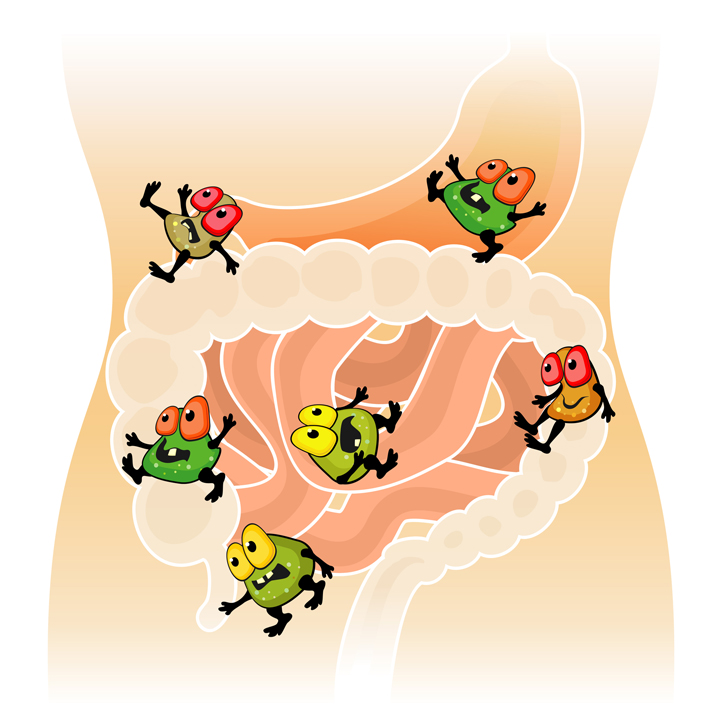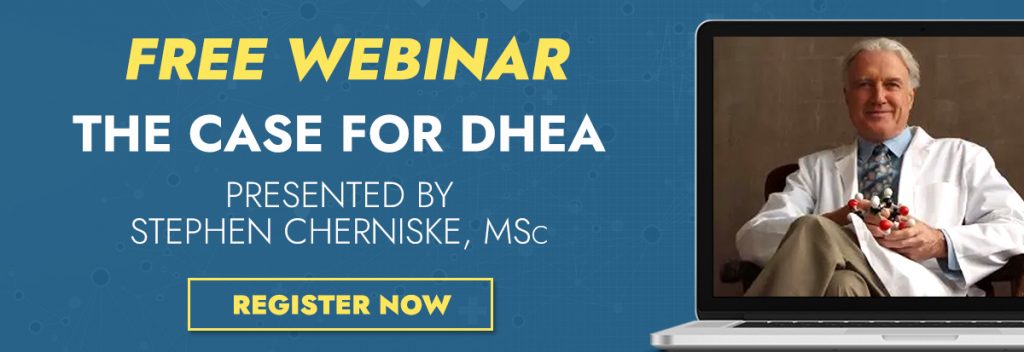Oncology Massage by Kathy Flippin
Oncology massage is simply a massage in the context of someone going through cancer treatment. The most common cancer treatments are surgery, radiation and chemotherapy. Because these treatments often leave “injured areas” such as surgical incisions, radiation burns and general system fatigue, we have to know how to work with these conditions, to be able to give a good massage without hurting them. Studies have also shown that individuals that receive massage require less anti-nausea and pain reducing medication.
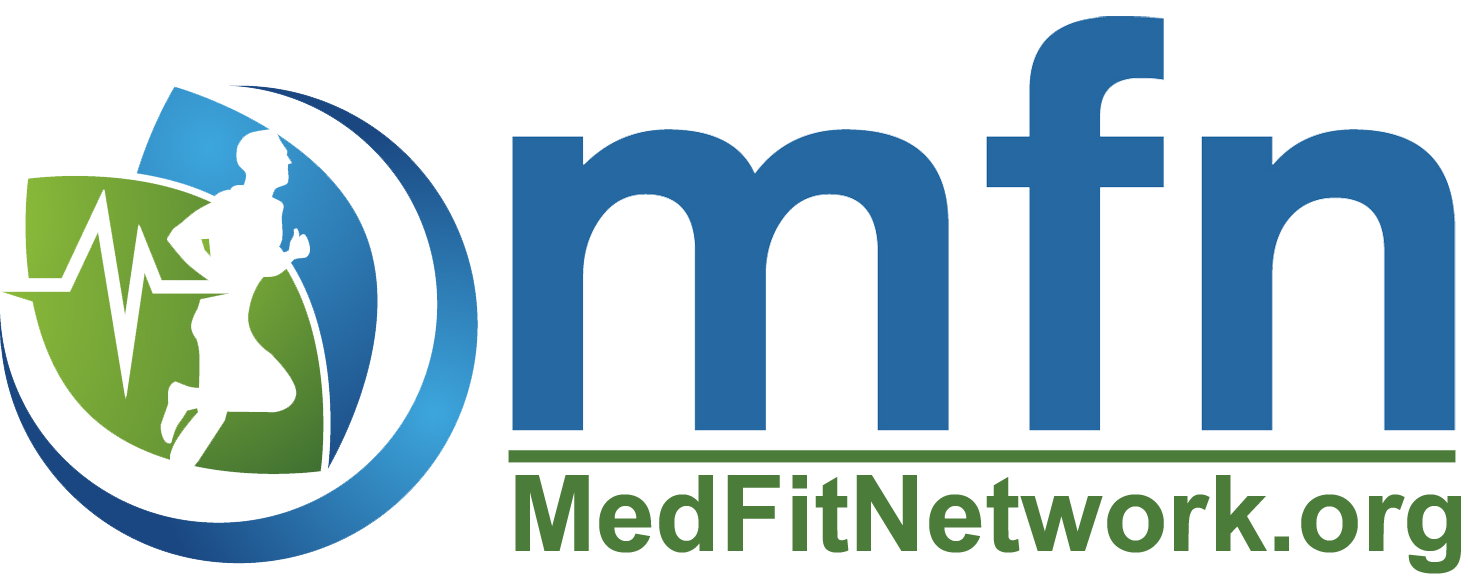
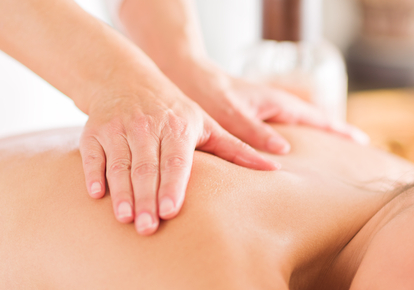
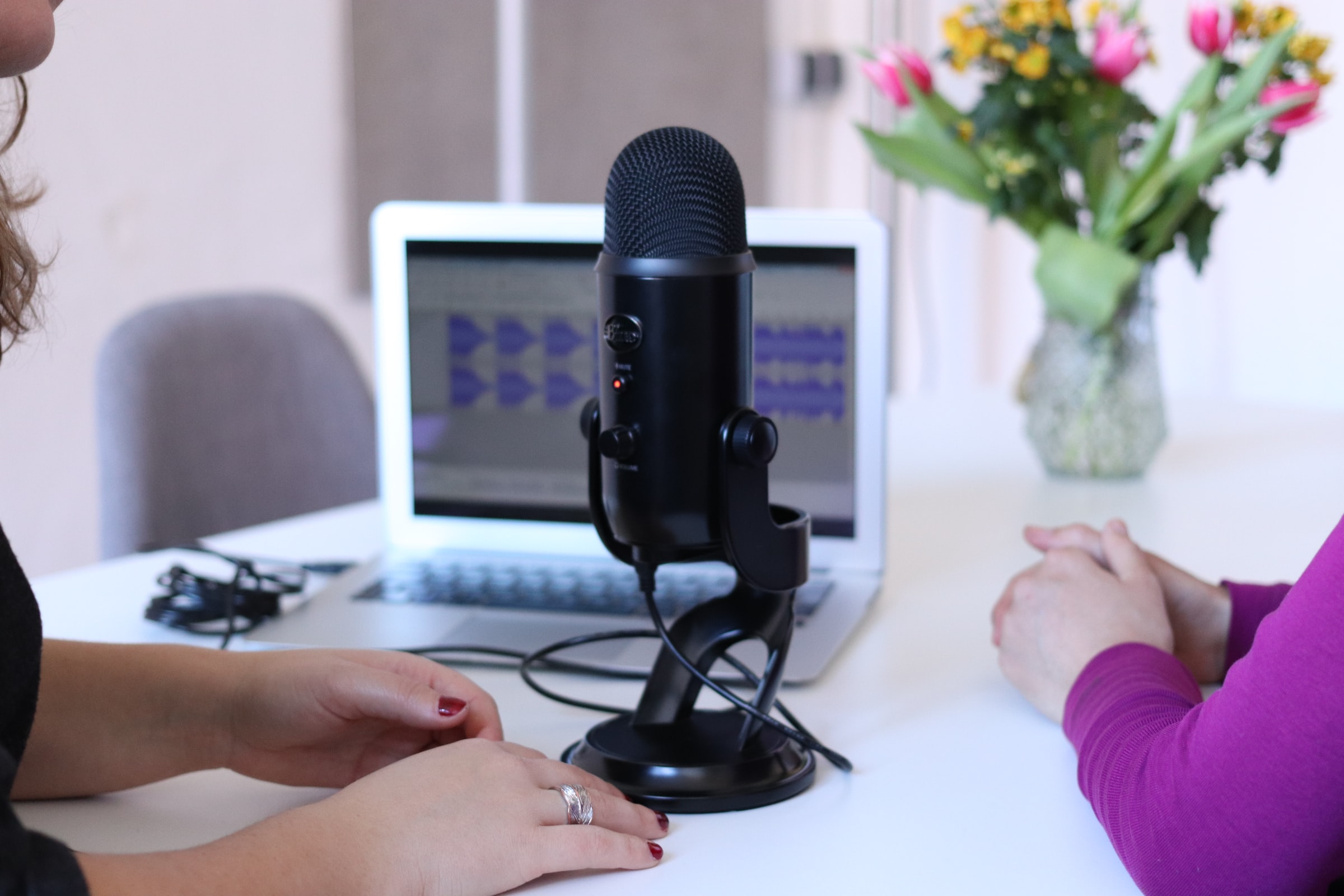
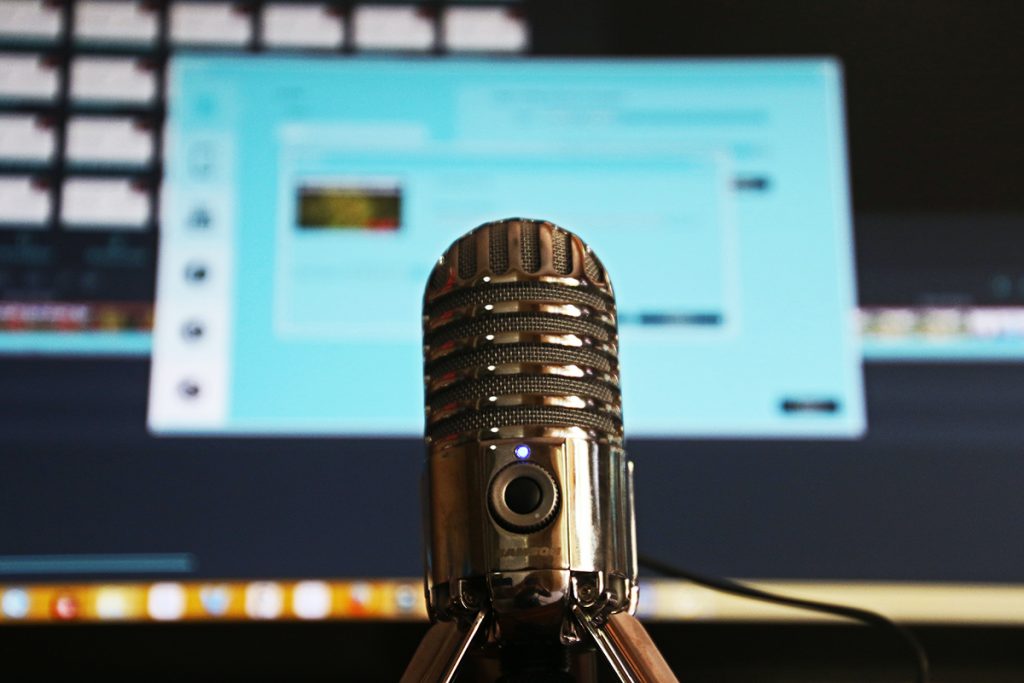


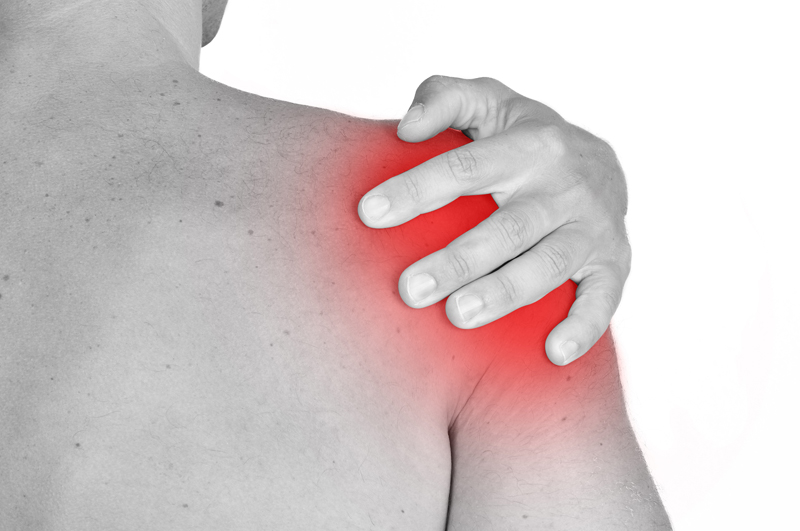
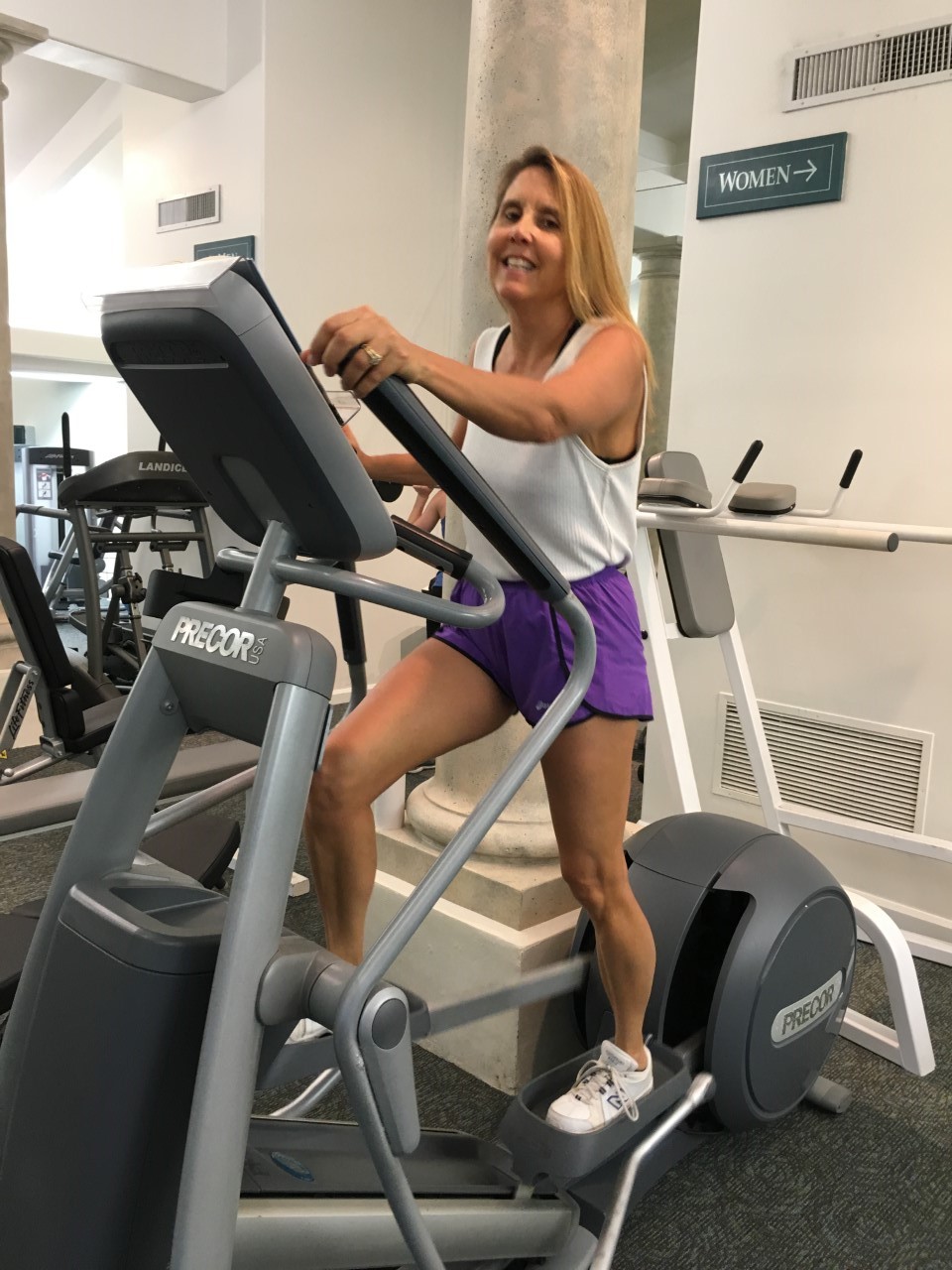
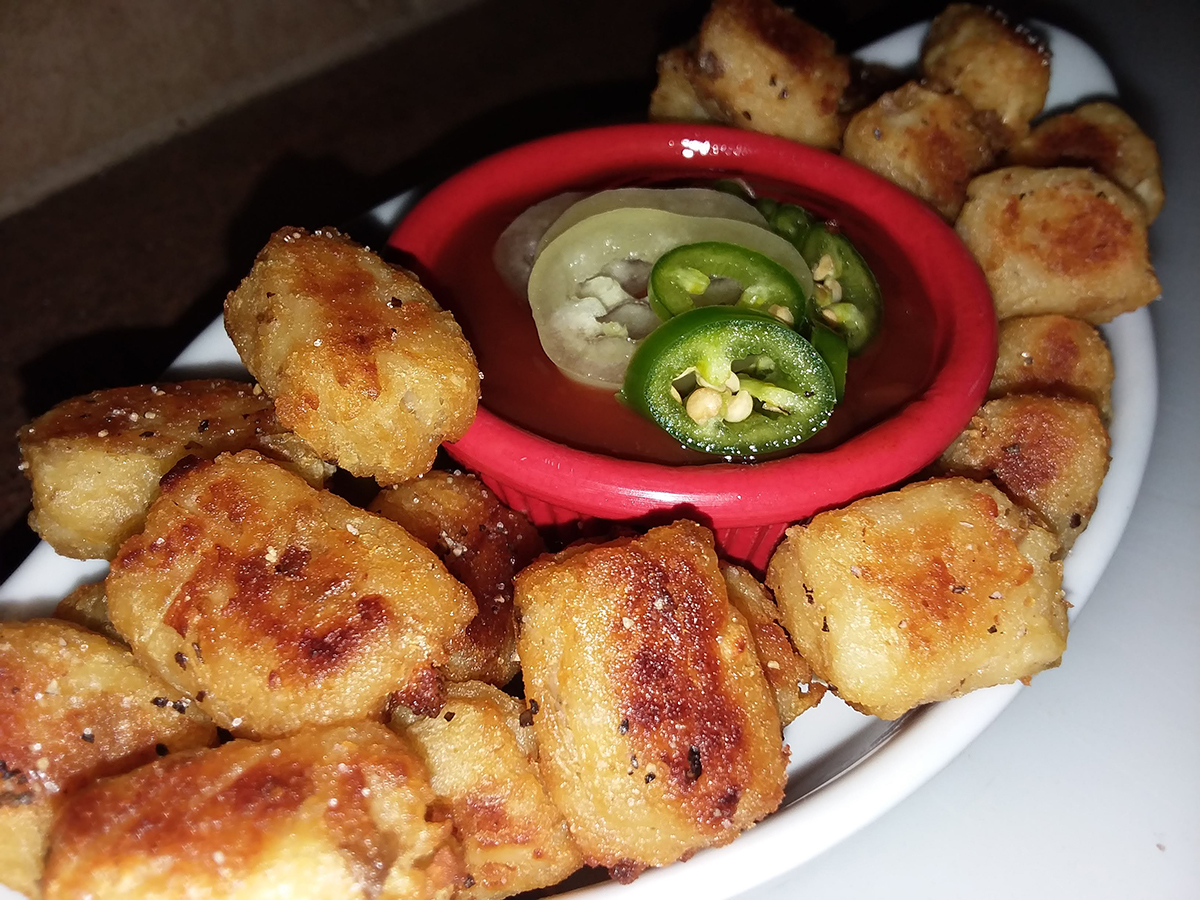
 Ingredients
Ingredients
